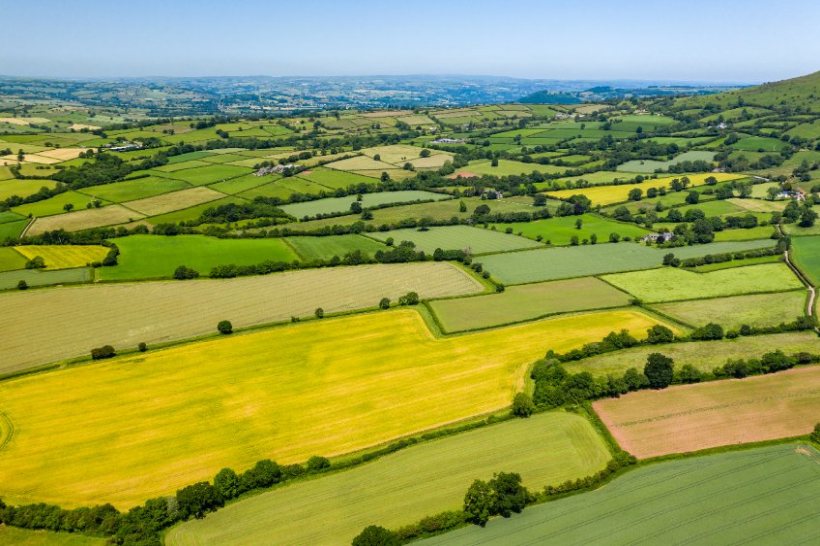
England’s future food security has been called into question after losing productive farmland capable of feeding two million people their five a day.
New research by CPRE, the countryside charity, found almost 14,500 hectares of farmland has been permanently lost to development since 2010.
The lost farmland could grow at least 250,000 tonnes of vegetables a year based on typical yields.
There was an exponential rise in Best and Most Versatile (BMV) farmland set aside for housing and industry between 2010 and 2022, from 60 hectares to more than 6,000ha per year.
Almost 300,000 homes were built on more than 8,000 hectares of prime farmland, despite there being space for 1.3m homes to be built on more than 26,000ha of previously developed brownfield land, much of it disused and derelict urban patches.
The increased risk of severe flooding caused by climate change will further challenge food security in future, CPRE's report warns.
More than 200,000 hectares – or 60% – of England's finest Grade 1 agricultural land is within areas at the highest risk of flooding, known as Flood Zone 3.
The most productive farmland is disproportionately close to river and coastal flood plains, with 75% of BMV in the East Midlands and 95% of BMV in the east of England at the highest risk of flooding.
The CPRE is calling on the government to introduce a comprehensive land use strategy, which must provide a planning framework to balance the competing demands for farming, housing and energy on a finite amount of land.
The National Planning Policy Framework, which is due to be updated next year, should prioritise a ‘brownfield first’ approach to housebuilding, with a preference for medium- and higher-density units to help protect our most valuable agricultural land wherever possible.
There should be a firm presumption against development on BMV land, the report says.
Crispin Truman, chief executive of CPRE, said maintaining agricultural land for domestic food production was critical.
"For the first time in several generations, our food security is at risk – yet we’ve seen a 100-fold increase in the loss of our best farmland to development since 2010.
"As we face a cost-of-living crisis, housing crisis and the adjustment of our farming sector to post-Brexit subsidies, we have multiple, critical priorities for our land.
"Policies which are put in place now will be crucial in the coming years to ensure the most efficient use of our land in the face of these challenges."
The CPRE's report is believed to be the first ever to quantify the scale of development nationally on the two highest and most productive grades of farmland.
The east of England has seen high levels of development on BMV land, with over 3,200 hectares lost over the past 12 years.
This is followed closely by the South East region, with almost 3,000 hectares of BMV land disappearing overall, and the greatest loss to development of Grade 1 land, which is rated excellent quality.
A further 1,400 hectares of BMV land was taken out of agricultural production for renewable energy projects in the same period.
CPRE estimates that this formerly productive farmland produces less than 3% of the UK’s total installed solar capacity, or 0.3GW out of 14GW.
